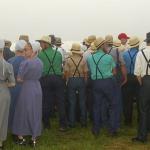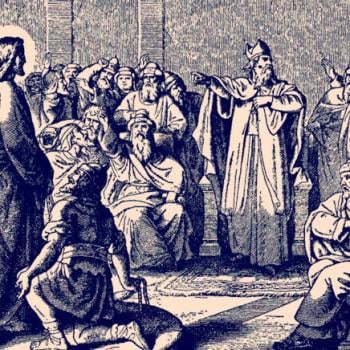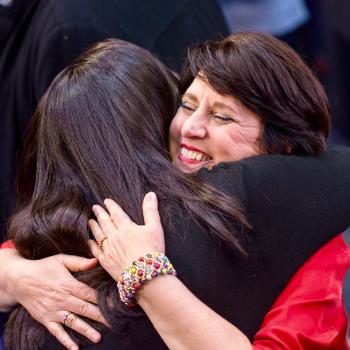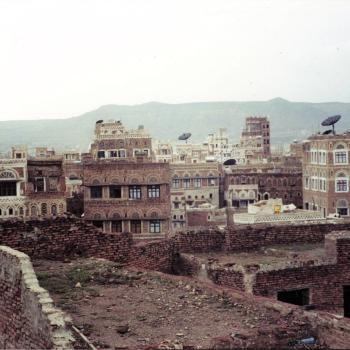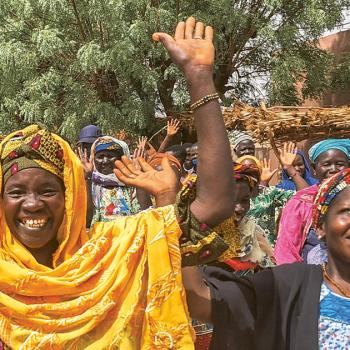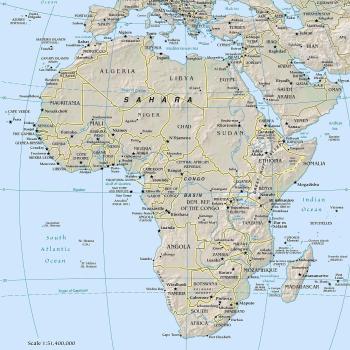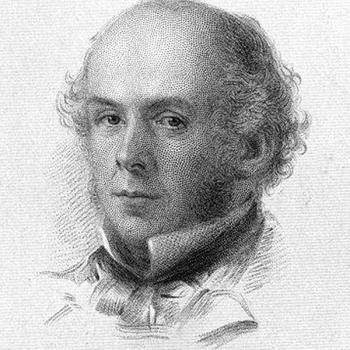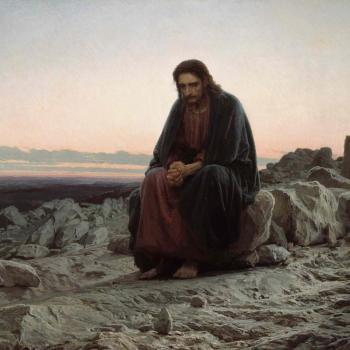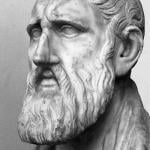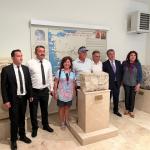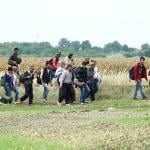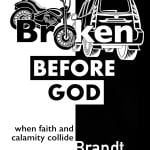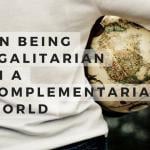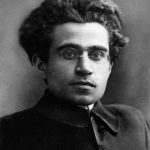This post is about the process of writing, and about gradually finding out what exactly you have been researching and writing through the years. The answer can surprise, even or especially me, as the author.
In my time, I have written a lot of books, around thirty to date. The topics are not randomly selected, as they fall into four or so distinct categories. But for the purposes of this blog, I will trace one of those long arcs or strands, which runs from the Old Testament to the making of the Bible, through early Christianity, thence to the medieval Church, and then to the present day. The sequence, or cycle, or whatever I might call it, presently involves six books that are intimately connected, and four that are a little further off, but not by much.
The six definites can be listed as follows, presenting them in the order of the historical eras they cover, rather than their dates of publication:
*Laying Down the Sword: Why We Can’t Ignore the Bible’s Violent Verses (San Francisco: HarperOne, 2011). This book traces the making of Israel and its Bible, and how it developed the history reflected in some of the conquest texts.
*Crucible of Faith: The Ancient Revolution That Made Our Modern Religious World (New York: Basic Books, 2017). This carries the story of the Jewish world from the fourth century BC through the first century AD, and the rise of Christianity. Again, there is a major emphasis on the making of the Bible and its canon, and on alternative and non-canonical scriptures and traditions.
*Hidden Gospels: How the Search for Jesus Lost Its Way (New York: Oxford University Press, 2001). This studies the myths surrounding alternative and apocryphal gospels, but also explores some of the roads not taken in early Christianity, notably Gnosticism, however broadly we define it.
*The Many Faces of Christ: The Thousand-Year Story of the Survival and Influence of the Lost Gospels (New York: Basic Books, 2015). Continues the story of those alternative traditions of Christianity, and their texts, from Antiquity through the era of the Reformation.
*Jesus Wars: How Four Patriarchs, Three Queens, And Two Emperors Decided What Christians Would Believe For The Next 1,500 Years (San Francisco: HarperOne, 2010). On the formation of Christian doctrine and orthodoxy, mainly in the fifth and sixth centuries AD, and the spread of rival Christian traditions across Asia and Africa.
*The Lost History of Christianity: The Thousand-Year Golden Age of the Church in the Middle East, Africa, and Asia–and How It Died (San Francisco: HarperOne, 2008). The subtitle explains my goals pretty well, the “thousand years” in question running from about the fourth century through the fourteenth.
I then take that listing, that “cycle,” through my more recent books on modern Christian history and present Christian reality, especially:
*The Great and Holy War: How World War I Became a Religious Crusade (San Francisco: HarperOne, 2014). The continuities from the earlier books are all the stronger because of the substantial emphasis on the crisis of Christian communities in the Middle East. This also pursues the intimate relationship between Christianity, Judaism, and Islam, a theme that so often surfaces in earlier volumes. Finally, it addresses the coming of a reborn global church, especially in Africa.
*The Next Christendom: The Rise of Global Christianity (New York: Oxford University Press, 2002: third edition, 2011).
*The New Faces of Christianity: Believing the Bible in the Global South (New York: Oxford University Press, 2006).
*God’s Continent: Christianity, Islam and Europe’s Religious Crisis (New York: Oxford University Press, 2007).
So now we are ten.
Putting those ten books together, you find a whole and rather lengthy cycle of over three thousand pages – over a million words. I should probably also include an eleventh title, which is my Mystics and Messiahs: Cults and New Religions in American History (New York: Oxford University Press, 2000). This does after all mainly concern marginal and heterodox Christian groups, and the whole “cult war” idea involves defining the ideological frontiers of the Christian faith against views regarded as heretical or deviant. Those frontiers, of course, shift quite a bit over time.
Taken as a whole, that cycle describes the origins, rise, and crises of the Christian tradition, with certain obvious emphases, and some very long continuities. Those include
*the vast geographical spread of those Jewish/Christian worlds, with the very early manifestation of Christian globalization and transnationalism;
*the near-endless diversity of Christian traditions, especially outside the West;
*the central role of Scripture, and its shifting interpretations;
*the critical importance of alternative and non-canonical scriptures;
*the extreme endurance of some controversially non-orthodox interpretations of faith, in some cases spanning centuries or even millennia, and the persistence of such ideas in geographically remote regions;
*the endless fascination with supernatural figures, and above all with angels, commonly as sources of revealed truth;
*the shared inheritances that bind Christianity, Judaism and Islam;
*the role of secular empires in spreading and supporting religious traditions, and especially the fate of religions as those political empires decline and crumble;
*the recurrent role of war and conquest in shaping religious change;
*the enduring significance of apocalyptic and millenarian beliefs as a means of comprehending those political changes;
*the recurring significance of prophetic and charismatic beliefs and activism in shaping faith;
*and generally, the key role of those various political factors in the shaping of orthodoxy and doctrine.
Some locales also surface repeatedly throughout the “cycle,” especially Egypt, Ethiopia, Syria and Iraq. There are lots more common themes, but that will do for now; and (I think) they all fit together remarkably well, and consistently.
That that is quite a substantial series or cycle, on topics of some interest to a range of scholars. But what should also strike you is the publication dates on that major series of mine – specifically, how they follow each other with a total lack of chronological sequence, or of apparent logic. 2011 leads to 2017, which jumps straight to 2001, and so on. Broadly, the books span a twenty year period of research and writing, but in terms of the sequence in which I was doing the actual work, they are absolutely all over the place. If I had taken a scheme like this to a publisher as a series proposal in 2000, they would have screamed.
Only in 2020, in fact, can I sit down and contemplate the whole thing, and come up with a grand essay title such as “Writing My Christian History Sequence (2001-2020).” I am happy to hand in this report of what I have been doing for the past couple of decades. Even if I scarcely realized what I was up to at the time. You might think of this as a search for retcon, for retroactive continuity, but I think there is more to it than that.
And the project remains a work in progress. This coming year, I have a new book forthcoming on demography and religious change, titled Fertility and Faith: The Demographic Revolution and the Transformation of World Religions. Among other things, that takes the story of Christianity worldwide from the recent past into the near future. I think of it as a kind of Next Christendom Strikes Back.
The useful thing about all this is that this then helps me look at the series as a whole, think more about those themes, and to wonder what the next volumes in the series might logically be. Hmm…


